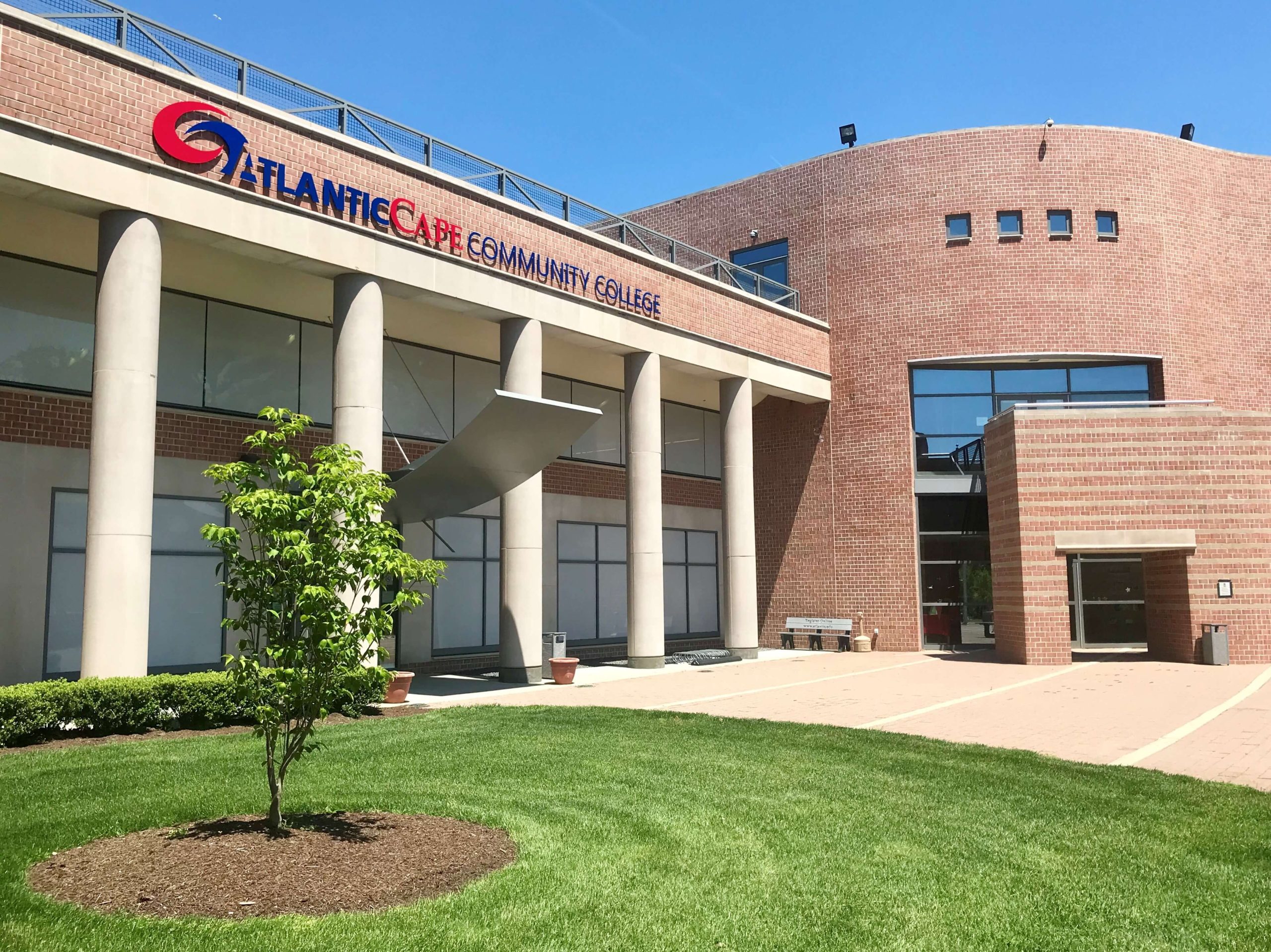The nation’s community colleges began as Junior Colleges. The idea grew out of the prolific mind of William Rainey Harper, the president of the University of Chicago, who experimented with the German model of post-secondary education when he separated the first two years of the baccalaureate program from the more intense last two years in 1896.
Rainey was not promoting access to higher education with this experiment. On the contrary he was limiting access to the richer resources that comprises the last two years of the degree program, years in which students would interact with the university’s best faculty and when decisions about graduate study might be made. He was limiting that access to the best and brightest.
Ironically the community college, an institution today seen as a vehicle for increasing access to post-secondary education, was in its infancy used to divert those who would not benefit from the resources of a four-year degree program.
—————
If Atlantic Cape cannot meet our needs,
it is not our needs that need to change.
—————
The American Association of Junior Colleges was formed in 1920 with a less restrictive mission than Rainey originally intended.
What changed the landscape was a seismic event in the history of higher education in the United States – the G.I. Bill.
With World War II ended America demobilized the largest military force in its history and returning soldiers sought tools for reentry to American life. Many wanted technical and vocational postsecondary education.
The two-year degree institution became public rather than private, focused heavily on workforce development.
The Higher Education Act of 1965 added Pell grants and education loan programs to the mix, opening post-secondary education to groups that never had access before.
The community college became a local education asset. It also became a chameleon, changing appearance and function as needed by the community it served.
The function of any specific community college is some admixture of three distinct but related missions.
In mission one the community college has never lost its role as a steppingstone to the more advanced and disciplinary-focused years of a four-year degree and beyond. This is where many administrators and faculty are most comfortable, a place that lets them feel part of a national community of faculty and researchers with advanced degrees.
It is also the area where the community college of today has failed most clearly.
The numbers of students who enter a community college, successfully complete a transfer, and end up earning a four-year degree in as many as six years rather than just four, is abysmally small. Those who end their pursuit with no credential and long-term debt is all too high.
Mission two has a focus on training for specific skills and jobs. It is the workforce development aspect of the community college which led to the explosion of federal and state investment in this area of post-secondary education.
The big push now in New Jersey is training for the state’s desired position of prominence in the nation’s offshore wind industry.
The last mission provides a mix of options for students. It is alternative credentialing and non-credit courses aimed not at a two- or four-year degree but at meeting life needs like continuing education courses, English language proficiency, particular skill attainments, or even hobby development.
So where are we? In Cape May County, that’s a hard question to answer.
In 2005 the Court House campus of Atlantic Cape Community College opened to excitement and promises of a future intimately tied to the success of the county with its emphasis on tourism and hospitality. For a short while that dream seemed attainable. The young people of the county would have a place that would invest in their future.
But our county leadership put the ‘Mission Accomplished’ sign up way too early, assuming building a facility was the same as making that facility a meaningful part of the county’s life.
President Barbara Gaba has never demonstrated a commitment to the role of the campus in this county. Her life is run from Atlantic County. It is where her enrollments are, where her largest revenue sources are and where the visibility is.
We have fewer Cape May County students enrolled at Atlantic Cape now than we had before the local campus was built.
We have a good person in charge at the local campus. Krista Fitzsimmons brings to the job the energy and desire required.
But it takes a village and the financial resources of a village for the level of meaningful change we need.
We could expend words covering ground we have covered before. We could reprint all the numbers and statistics we have presented in past columns. But it would be to little purpose.
It is time to take advantage of the fact that a community college can be what we want it to be. The history of the American community college shows that to be true.
Where community colleges thrive, it is because community and political leaders make it happen.
Atlantic Cape Community is Cape May County’s only local post-secondary institution which our youth have access to. It is time for the Cape May County community and the county commission to take seriously the gradual collapse of this institution and the impact it is having and will have on the future of our youth.
We need a planning task force that will look at the post-secondary needs of this county and the role the campus can play in helping to meet them. We need an action plan. We call on the county commissioners to establish and empower such a task force.
If Atlantic Cape cannot meet our needs, it is not our needs that need to change.
———–
From the Bible – “Do not forsake wisdom, and she will protect you; love her, and she will watch over you. The beginning of wisdom is this: Get wisdom, though it cost all you have, get understanding.” Proverbs 4:6-7







